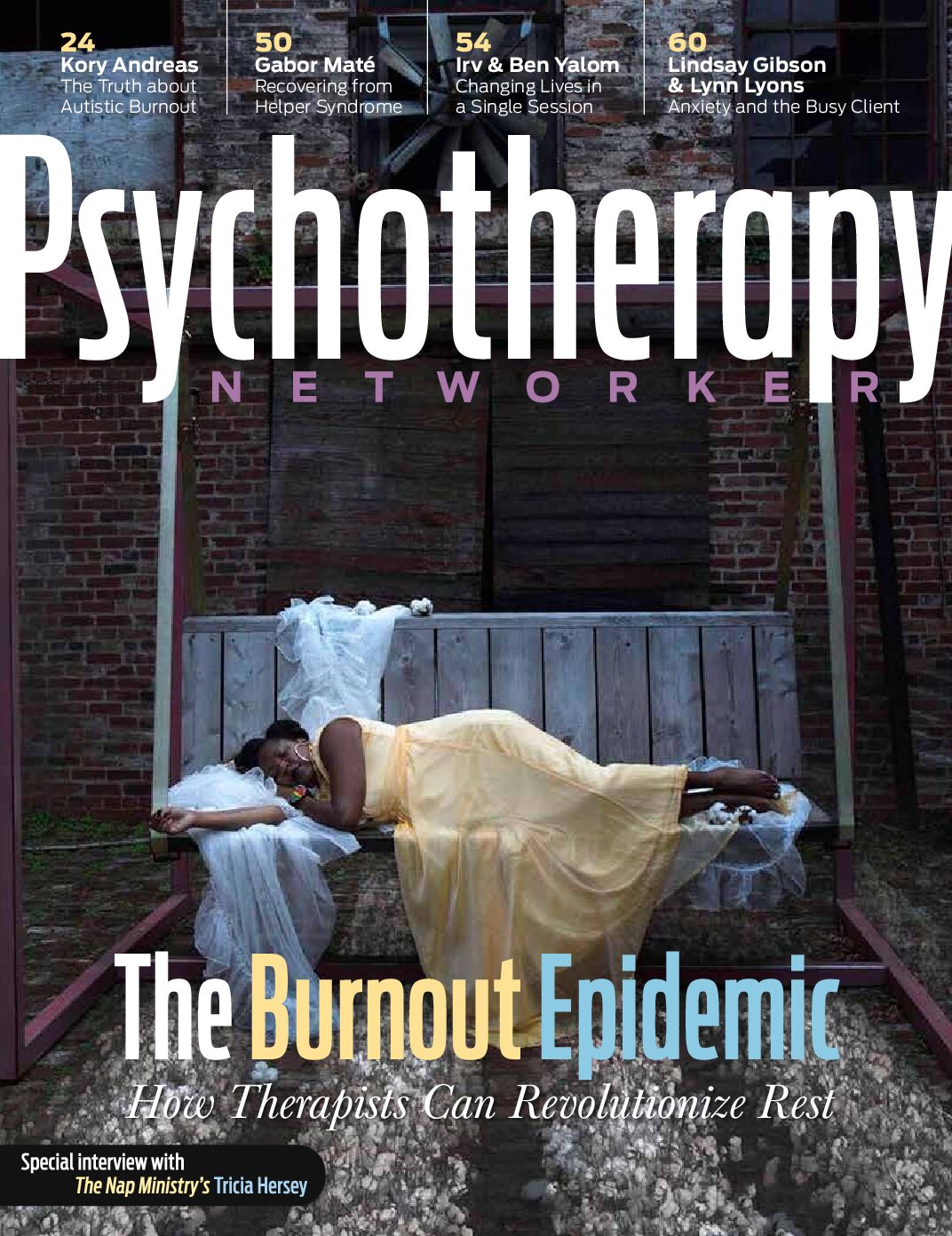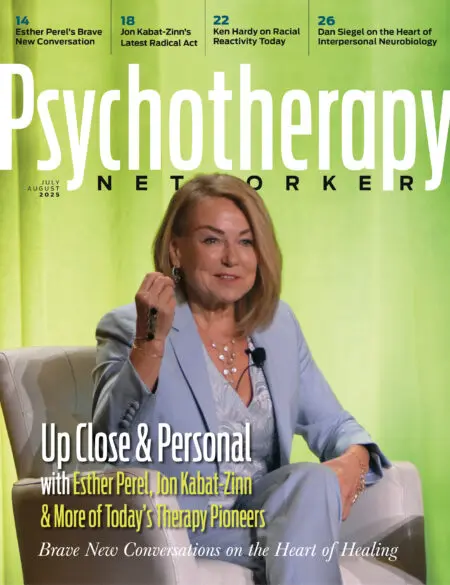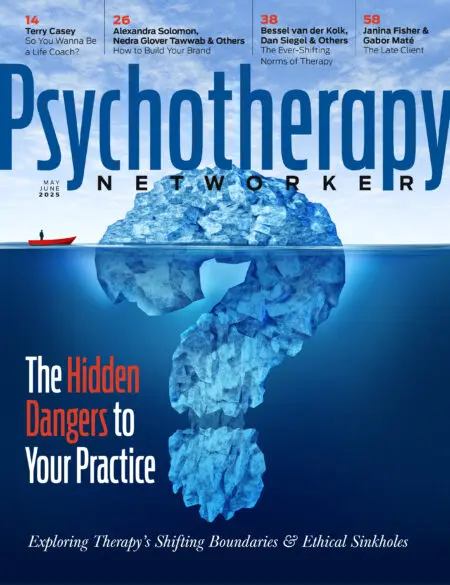Are there any downsides to basing clinical treatment on attachment theory? David Schnarch, a leading advocate of differentiation in the therapy process, believes that attachment theory keeps clients functioning as needy children.
While there are no formal protocols, standardized techniques, or formal methodology for “doing” attachment-based therapy (other than the adult attachment interview), over the years, some general maxims have emerged informally for bringing attachment issues deep into clinical work.
Four of these maxims of attachment theory or conditions for therapeutic change upon which most attachment-oriented therapists would probably agree are:
- Insecure, ambivalent, avoidant, or disorganized early attachment experiences are real events, which–according to attachment theory–can substantially and destructively shape a client’s emotional and relational development. The client’s adult problems don’t originate in childhood-based fantasies.
- The attachment pattern learned in early childhood experiences will play out in psychotherapy.
- The right brain/limbic (unconscious, emotional, intuitive) interaction of the psychotherapist and client is more important than cognitive or behavioral suggestions from the therapist; the psychotherapist’s emotionally-charged verbal and nonverbal, psychobiological attunement to the client and to his/her own internal triggers is critical to effective therapy.
- Reparative enactments of early attachment experiences, co-constructed by therapist and client, are fundamental to healing.
This isn’t psychotherapy for the fainthearted. Any therapist working within attachment theory or working with those with the associated attachment disorders must stay present, not only to the client’s emotions, but also to their own.
This may sound suspiciously like the familiar, old rubric, “be aware of transference and countertransference,” but it actually calls for something tougher than merely intellectually performing that task.
With attachment theory and attachment-based therapy, the therapist is asked to stay in the right brain and fully experience the client’s feelings, no matter what comes up for them or what raw emotion is triggered from their own history. In other words, the therapist isn’t just an observer of the client’s emotional journey or even a disinterested guide, but a fellow traveler, resonating with the client’s sadness, anger, and anxiety.
Rather than recoiling from the intensity of the client’s experience, the therapist is providing the stability (the ballast, so to speak) to keep the client feeling not only understood, but safely held and supported, through tone of voice, eye contact, expression, posture, as well as words.
Obviously this kind of demanding work, more than some other modalities, requires therapists to have their own inner act together. “We are the tools of our trade, the primary creative instrument with which we do the work,” says California clinical psychologist David Wallin, author of Attachment in Psychotherapy. Our ability to use ourselves effectively in this intense work is therefore inhibited by our own core emotional vulnerabilities.
As Wallin has written, “If in childhood a certain quality of expression such as anger cannot be felt or experienced, then we cannot relate to this expression in a patient.”
Therapists need “binocular vision,” says Wallin, to keep “one eye on the patient, and one eye on ourselves.” In fact, the therapist may need something like “triocular” vision as he tries to be in the client’s mind, in his own mind, and in between the two minds, establishing and maintaining between himself and the client mutually resonant affective, cognitive, and physical states of being.
Mary Sykes Wylie
Mary Sykes Wylie, PhD, is a former senior editor of the Psychotherapy Networker.













